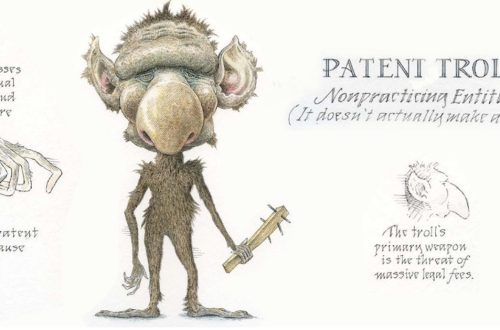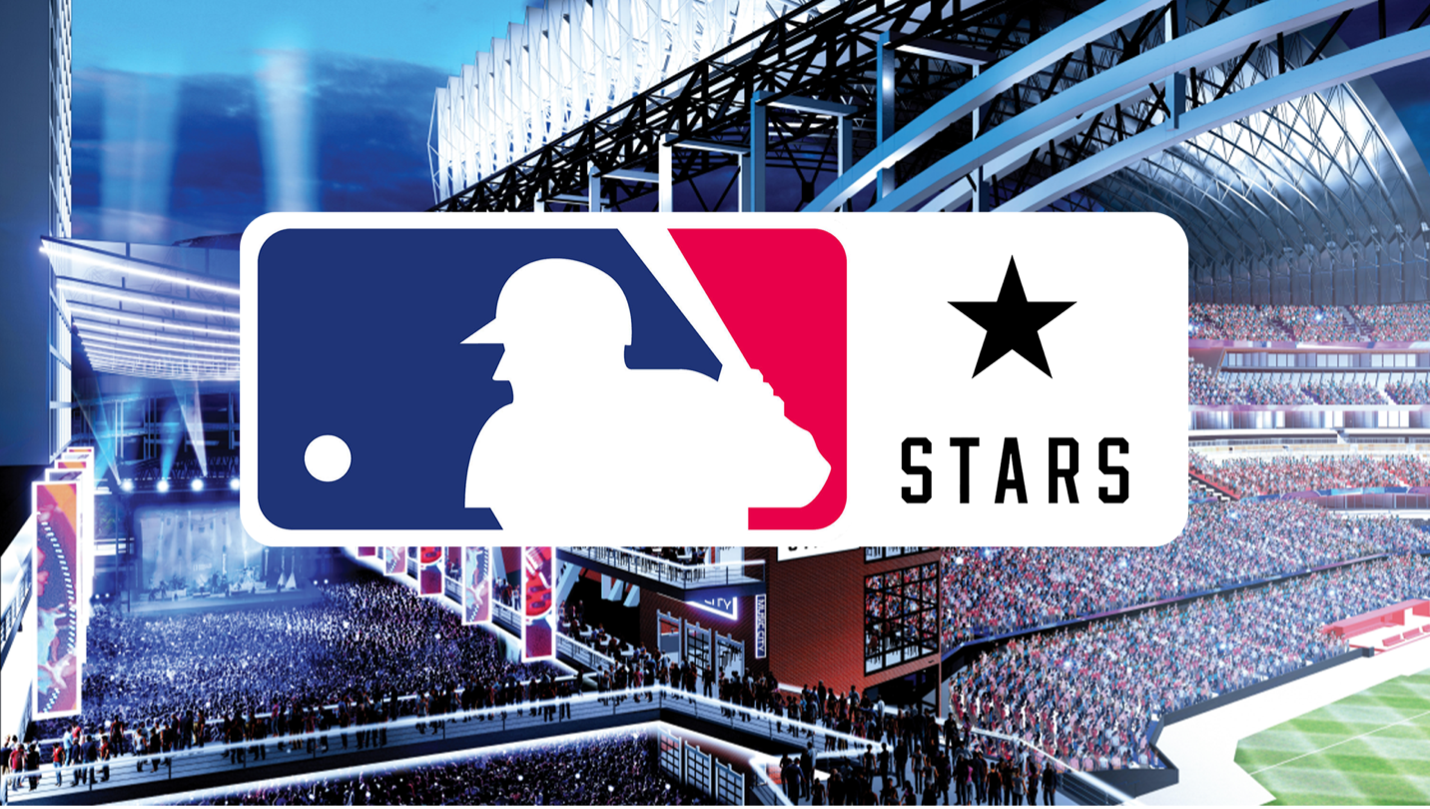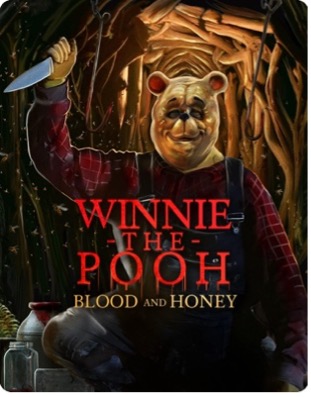By: Mark Edward Blankenship, Jr.
You may have heard of the phrase, “There ain’t no laws when drinking the claws.” This originated from the emergence of hard seltzer brands, such as White Claw and Truly. Since last year, seltzers were initially deemed to be a fad drink, but now many hard seltzer brands have become the subject for sports partnerships[1], comedy skits[2], and television commercials featuring celebrities like Keegan Michael Key and Post Malone.[3] Furthermore, hard seltzers have become more popular and are apparently continuing to thrive during this pandemic. According to a recent Nielsen study, the number of consumers who purchased hard seltzers nearly doubled during the first eight weeks of the COVID-19 outbreak, 44% of whom were first-time buyers.[4] Perhaps this is due to New Years Eve resolutions of physical fitness, cautious behavior of their personal health during the pandemic, or consumers’ search for a good tasting low-calorie beer alternative.
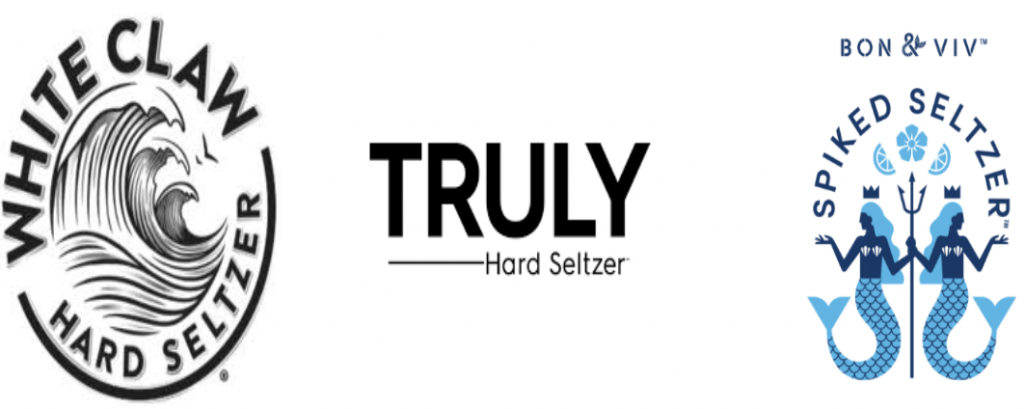
Meanwhile, craft breweries are struggling during the pandemic, many of whom are unsure whether they will still be in business once the coronavirus is eradicated. As a result, breweries are looking for innovative approaches to their business models. One of those approaches is adopting hard-seltzer options into their menu.[5] The process for obtaining commercial and retail permits to produce seltzer is nearly the same for beer. Additionally, craft seltzers share similar characteristics as craft beer in terms of labeling and method of production.[6] Finally, the visual aesthetics of craft seltzer labels are becoming similar to craft beer as well. For example, Ficks gives off a vintage vibe one can find from a Quentin Tarentino film or a Black Keys album,[7] while others have gone with more modern artistic styles.[8]


But what is “truly” interesting about seltzers from a regulatory perspective is that there are laws that affect “the claws.” Seltzers have aspects about them that can cause a good deal of confusion at both the federal and state level. Many have assumed that they are equivalent to vodka sodas or some other canned mixed drink, but that is not so.[9] Seltzers predominantly are produced either from brewed-malt or brewed-sugar. The percentage of alcohol by volume in seltzers is much less than that of vodka sodas. Seltzers are also taxed like beer, which is at much lower rate than spirits.[10] In fact, the Alcohol Tax and Trade Bureau (TTB) characterizes both these subcategories of seltzer as “beer”, but only malt-based seltzers are required to file a Certificate of Label Approval (COLA) in order to comply with Federal Alcohol Administration Act (FAA) labeling and advertising rules of “malt beverages.”[11]
On the other hand, sugar-based seltzers must comply with the Food & Drug Administration’s labeling requirements. The FDA mainly focuses on food safety, and thus requires the addition Nutrition Facts Panel and an ingredient statement onto labels. However, some alcohol beverages can avoid some of these FDA requirements under the Small Business Nutrition Labeling Exception, which only applies to companies with fewer than 100 full-time employees and who annually sell less than 100,000 units of product.[12] While the addition of a hard seltzer option might seem appealing to several craft breweries due to consumer trends and labeling advantages, the question which has lurked before is whether the FDA will play a bigger role in alcohol regulation. While the FDA seemed to reject this possibility back when beer producers introduced coffee stout, that could very well change especially during a time when the need for consumer safety begins to rise.[13]
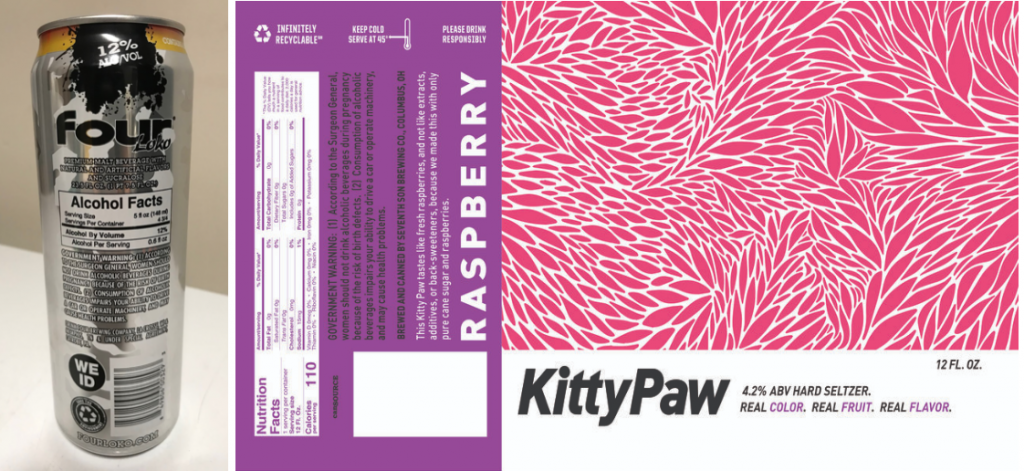
To complicate matters further, the states may regulate more extensively than the FAA so long as this does not frustrate the objective of the federal statute. When it comes to beverages like hard seltzers and kombucha, states may categorize them differently than the TTB, if not at all. Various state laws have categorized hard seltzers as either “malt beverages,” “beer,” or “wine.” These discrepancies can also affect permitting and state taxation.[14]


Perhaps it is assumptive that America’s drinking culture is much different today than it was many years prior. Not only are there more diverse and healthier options for consumers than before, but alcohol generally has been a benefactor during other nationwide crises throughout history. When the Great Depression hit the United States, one of the solutions presented was repealing Prohibition, which had become a flop. Like the Great Depression though, COVID-19 has greatly affected our economy, and in lieu of this, states may need to reconsider updating their alcohol laws to reflect a more socially progressive and technologically advanced America.[15]
As C. Jarrett Dieterle and Teri Quimby point out, America’s alcohols have continued to have a “prohibitionist” mentality. In his upcoming book Give Me Liberty and Give Me a Drink!: 65 Cocktails to Protest America’s Most Outlandish Alcohol Laws, Dieterle notes that several outdated and bizarre state alcohol laws continue to exist today.[16] Yet even during a pandemic when people are concerned about their physical and mental health, the market trends, retail architectures, laws, and social norms of how people drink have drastically changed since Prohibition.[17] States will not only need to decide whether to permanently legalize carryout sales of alcohol for restaurants,[18] but the potential boom for hard seltzers and innovative methods of producing them may need to be considered when modifying alcohol laws.[19] Generally, they will need to avoid passing laws that unduly burden interstate commerce and laws that conflict with federal law.[20]
Finally, consumer demands for seltzers, kombucha, and other modern beer and wine alternatives may also help legal scholars and practitioners broaden their scope of analyzing alcohol regulation and create a bridge for unification between beverage types. For the past several years, the tendency to focus exclusively on “craft beer law” or “wine law” has surfaced in legal scholarship. As noted in a recent law review article, alcohol beverage law, like cyberlaw, is shaped by laws, markets, architectures, and social norms. If there is one thing COVID-19 has revealed about the practice of alcohol beverage regulation as a whole, it is the risk of putting all of one’s eggs in a particular basket. Even if the FDA takes on a bigger role in alcohol regulation, alcohol has and will remain one of the most historically impactful, currently regulated, and commercially traded commodities in the United States, and the need for a more comprehensive approach to alcohol beverage regulation still would not be diminished.[21]
* Mark Edward Blankenship Jr. is a 2019 graduate from the University of Kentucky J. David Rosenberg College of Law where he served as Operations Manager (currently Communications Editor) for Volume 107 of the Kentucky Law Journal. He has recently published two law review articles within the state of Illinois and has written legal blog posts for both Kentucky Law Journal Online and Vanderbilt Journal of Entertainment & Technology Law.
[1] Pat Evans, Hard Seltzer Spilling into Sports Partnerships, Front Off. Sports (Feb. 18, 2020), https://frntofficesport.com/hard-seltzer-growth/.
[2] Felecia Lalomia, Viral ‘Ain’t No Laws When You’re Drinking Claws’ T-Shirt Blocked By White Claw Legal, VinePair (July 11, 2019), https://vinepair.com/booze-news/trevor-wallace-white-claw-truly/.
[3] Jessica Bartlett, Here Are Keegan-Michael Key’s New Ads for Truly Hard Seltzer, Boston Bus. J.(Aug. 13, 2019, 2:38 PM EDT), https://www.bizjournals.com/boston/news/2019/08/13/here-are-keegan-michael-keys-new-ads-for-truly.html; Rania Aniftos, Help Post Malone Decide Which Bud Light Seltzer Ad Makes the Super Bowl, Billboard (Jan. 29, 2020), https://www.billboard.com/articles/news/super-bowl/8549600/post-malone-bud-light-seltzer-ad-super-bowl-competition.
[4] Justin Kendall, Nielsen: 44% of Hard Seltzer Buyers During 8 Weeks of COVID-19 are New to Seltzer, Brewbound (May 26, 2020, 1:30 PM), https://www.brewbound.com/news/nielsen-44-of-hard-seltzer-buyers-during-8-weeks-of-covid-19-are-new-to-seltzer.
[5] Id.; see also Patrick Cooley, Central Ohio Breweries Consider Hopping on Hard-Seltzer Train, Columbus Dispatch, https://www.dispatch.com/business/20200116/central-ohio-breweries-consider-hopping-on-hard-seltzer-train#:~:text=Bud%20Light%20Seltzer%20is%20among%20the%20hard%20seltzers,joining%20the%20trend.%20%5BJacqueline%20Dormer%2FThe%20%28Pottsville%2C%20Pennsylvania%29%20Republican-Herald%5D (last updated Jan. 17, 2020, 7:09 AM).
[6] Ileigh Kuga, A Summer of Seltzers, Beer L. Ctr. (June 17, 2020), https://beerlawcenter.com/a-summer-of-seltzers/.
[7] See James Davidson, 2019’s Best Craft Beer Artwork, Cãna (Jan. 10, 2020), https://www.canamagazine.com/2020/01/2019s-best-craft-beer-art-design/.
[8] James Davidson, 2018’s Best Craft Beer Label Designs., Cãna (Jan. 1, 2019), https://medium.com/ca%C3%B1a-magazine/2018s-best-craft-beer-label-designs-2ea7c1df254f.
[9] Jim Vorel, Cocktail Queries: What IS Hard Seltzer, Really, and Why Is It So Popular?, Paste(June 29, 2020), https://www.pastemagazine.com/drink/hard-seltzer/what-is-hard-seltzer-definition-white-claw-truly-flavors/#defining-hard-seltzer; Marc Sorini, From Seltzer and State Laws to Pandemics – Legal and Government Affairs Update For Small Brewers, Brewers Assoc. (Apr. 13, 2020), https://www.brewersassociation.org/wp-content/uploads/2020/04/From-Seltzer-and-State-Laws-to-Pandemics-Legislative-and-Government-Affairs-Update-for-Small-Brewers.pdf
[10] Frank Knizner, Hard Seltzer Regulatory Considerations, Lehrman Beverage L. (July 22, 2018), https://bevlaw.com/bevlog/hard-seltzer-regulatory-considerations/; Josh Barro, How Tax Policy Gave Us White Claw, Intelligencer (Sept. 4, 2019), https://nymag.com/intelligencer/2019/09/how-tax-policy-gave-us-white-claw.html; Sorini, supra note 9.
[11] Knizner, supra note 10; Sorini, supra note 9; Lindsey A. Zahn, Navigating the Challenges of a Regulated Industry, in Wine and Beer Law: Leading Lawyers on Navigating the Three-Tier System and Other Regulations on Alcoholic Beverages 33, 47–48 (Thompson Reuters/Aspatore 2016).
[12] John Szymankiewicz, Beer Law: What Brewers Need to Know 197–204, 249–60 (First Printing 2017); Sorini, supra note 9; Knizner, supra note 10.
[13] Lindsay A. Zahn, Is TTB Next? FDA’s New Proposed Nutrition Label and its Effects on Alcohol Beverages, On Reserve, Mar. 6, 2014), https://www.winelawonreserve.com/2014/03/06/is-ttb-next-fda-proposed-nutrition-label-and-how-such-affect-alcohol-beverages/; Szymankiewicz, supra note 12, at 199–204; Sorini, supra note 9.
[14] Janene Grace, Kombucha, Hard Seltzer and Sodas – Oh My! Or…When “Beer” isn’t a “Malt Beverage”, Grace Reg. Consultants LLC (July 26, 2019), http://www.graceregconsult.com/blog/kombucha-hard-seltzer-and-sodas-oh-my-orwhen-beer-isnt-a-malt-beverage; Sorini, supra note 9.
[15] James M. Seff & Carrie L. Bonnington, A General Introduction to Alcohol Beverage Laws and Regulations, in Wine and Beer Law: Leading Lawyers On Navigating The Three-Tier System and Other Regulations on Alcoholic Beverages 81, 89–94 (Thompson Reuters/Aspatore 2016).
[16] Give Me Liberty and Give Me a Drink!: 65 Cocktails to Protest America’s Most Outlandish Alcohol Laws Hardcover – September 15, 2020, Amazon, https://www.amazon.com/Give-Liberty-Drink-Cocktails-Outlandish/dp/1579659683/ref=zg_bsnr_4462_10?_encoding=UTF8&psc=1&refRID=4E5XBNBTSR4WC55HK7HT (last visited Aug. 3, 2020).
[17] C. Jarrett Dieterle & Teri Quimby, A Century After Prohibition, Will the Coronavirus Finally End It? We’ll Drink to That., USA Today, https://www.usatoday.com/story/opinion/2020/05/18/coronavirus-forces-changes-outdated-alcohol-regulations-column/5194183002/ (last updated May 18, 2020, 12:00 PM EST); N. Davey Neal, Current and Future Issues Facing Local Brewers and Vinters, in Wine and Beer Law: Leading Lawyers on Navigating the Three-Tier System and Other Regulations on Alcoholic Beverages 51, 52–67 (Thompson Reuters/Aspatore 2016).
[18] Sabrina Medora, Should States Permanently Legalize the Carryout Sales of Alcohol for Restaurants?, Wine Enthusiast (June 26, 2020), https://www.winemag.com/2020/06/26/states-legalize-alcohol-carryout-restaurants/.
[19] Sorini, supra note 9.
[20] See U.S. Const. amends. X, XXI; Granholm v. Heald, 544 U.S. 460 (2005); see also Sean Beienburg, Prohibition, the Constitution, and State’s Rights 17–50, 229–40 (U. Chi. Press 2019).
[21]See generally Mark Edward Blankenship Jr., A Horse Walks into a Bar: Comparing Easterbrook’s Criticized Cyberlaw Analogy to the Study of Alcoholic Beverage Law & Regulation, 25 Ill. Bus. L.J.41 (2020); Seff & Bonnington, supra note 15, at 89–94; Neal, supra note 17.



